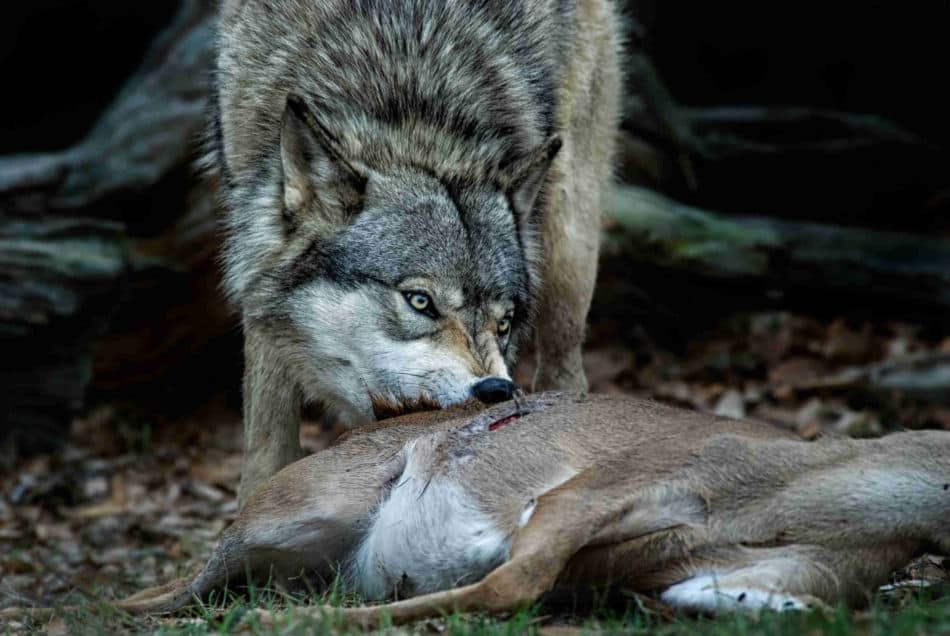Animals need energy to live, grow, and move. This energy comes from the food they eat. Different animals have different ways of getting this energy. Some eat plants, others eat other animals, and some even use sunlight or chemicals. In this topic, we’ll look at how they get the energy they need to survive.
Key Takeaways
- Herbivores, like cows and deer, derive their energy from plants, utilizing their specialized digestive systems. Carnivores, such as lions and hawks, obtain energy from the meat of their prey, equipped with sharp teeth and powerful digestive systems.
- Ectothermic animals, like reptiles, use external heat sources such as sunlight for energy conservation, while endothermic animals, including mammals and birds, generate metabolic heat to maintain a stable body temperature.
- Plants, as primary producers, are consumed by herbivores, which are then preyed upon by carnivores, illustrating the interdependence of species.
- Humans are the apex predators in many ecosystems, consuming a variety of foods and impacting the balance of these systems.
- Animals have developed various adaptations for energy efficiency. This includes the ability of muscle cells to produce energy with or without oxygen, and behaviors like sunbathing in ectothermic and even some endothermic animals for thermoregulation and energy conservation.
Energy Sources
Herbivores
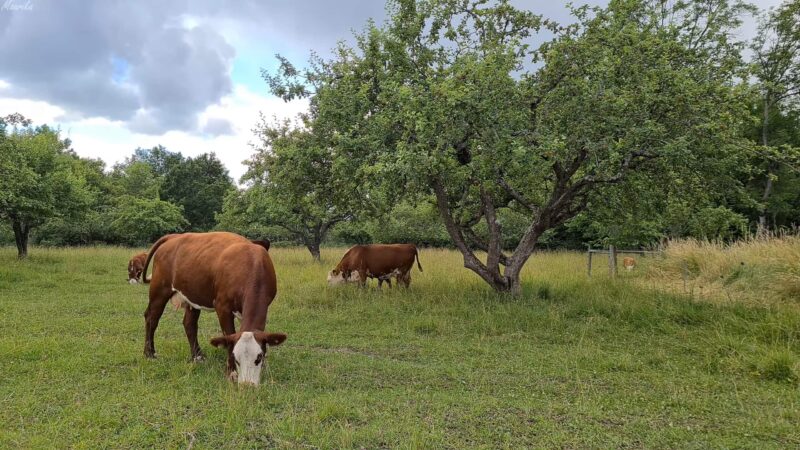
Herbivores, such as cows and deer, derive their energy from plants. Plants are rich in nutrients like carbohydrates, which herbivores convert into energy. These animals have specialized digestive systems that efficiently break down tough plant materials, allowing them to extract the maximum energy from their food.
Cows, for example, have a complex stomach with four compartments, enabling them to digest cellulose from grass. This process of extracting energy from plants is crucial for maintaining the health and vitality of herbivores.
Carnivores
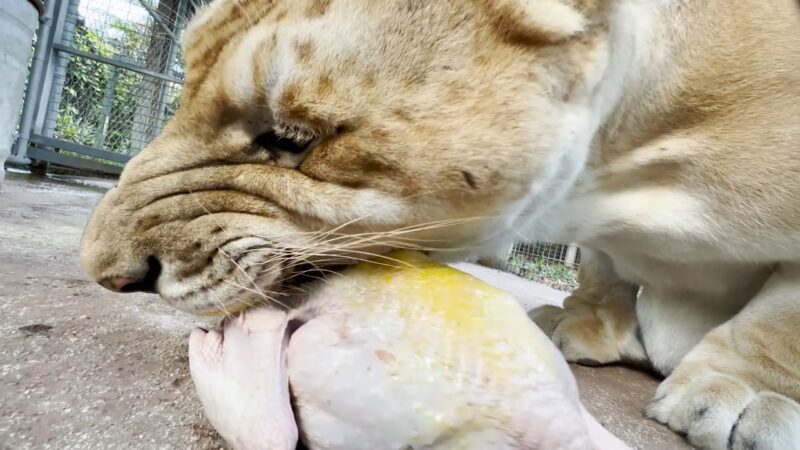
Carnivores, including lions and hawks, gain energy from the nutrients found in the flesh of their prey. This diet provides them with essential proteins and fats. Carnivores have evolved sharp teeth and powerful digestive systems to process meat efficiently, ensuring they get enough energy to sustain their active lifestyles.
For example, lions have a short gastrointestinal tract suited for meat digestion, allowing them to absorb nutrients quickly. This meat-based diet is also essential for their reproductive health and overall survival.
Ectothermic Animals
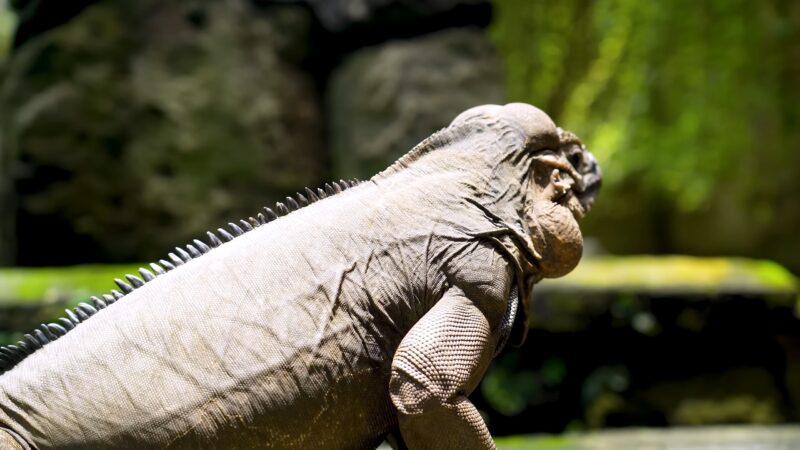
Reptiles and other ectothermic animals use sunlight to minimize energy loss. By basking in the sun, they can slow down their metabolism and survive longer periods without food. This ability to regulate their body temperature using external heat sources is a significant energy-saving strategy.
It reduces the need for constant feeding and allows these animals to thrive in diverse environments. Additionally, this sun-basking behavior is crucial for their immune function and helps in the synthesis of essential vitamins.
Energy Transfer
Energy flows through ecosystems via food chains and webs. Plants, the primary producers, are eaten by herbivores, which are then consumed by carnivores. This transfer of energy sustains each level of the ecosystem.
Food chains illustrate the direct flow of energy from one organism to another, while food webs depict a more complex interaction where one species can be part of multiple chains. These interactions highlight the interdependence of different species and the importance of biodiversity for ecosystem health.
Humans
In many ecosystems, humans are apex predators, at the top of the food chain. They consume a variety of foods, including plants and animals. This diverse diet allows humans to adapt to various environments and sources of food.
Additionally, as apex predators, humans play a crucial role in controlling the populations of other species, directly impacting the balance of ecosystems. However, this dominant position also comes with the responsibility to manage resources sustainably.
The Complexity of Food Webs
Food webs consist of interlinked food chains. Each organism may be part of multiple chains, illustrating the complexity and interdependence of ecosystems. The disruption in one part of the web can have cascading effects throughout the system.
For instance, the decline in a single predator species can lead to an overpopulation of its prey, subsequently affecting plant populations and other animal species. Understanding these connections is essential for effective conservation and environmental management strategies.
Trophic Levels
Autotrophs to Carnivores: A Three-Level System
Ecosystems are organized into three main trophic levels: autotrophs (plants), herbivores (plant-eaters), and carnivores (meat-eaters). Autotrophs produce their own energy through photosynthesis, forming the base of the food chain. Herbivores then consume these plants, transferring the energy up the chain.
Carnivores, at the top, consume herbivores, completing the cycle of energy transfer. This structure reflects the flow of energy and nutrients in ecosystems and is essential for maintaining ecological balance.
The Diversity of Carnivores
Carnivores vary in their dietary preferences. Some are obligate carnivores (only meat), omnivores (both meat and plants), mesocarnivores (an equal mix), or hypercarnivores (predominantly meat).
This diversity in feeding habits allows for a more balanced ecosystem as each type of carnivore plays a unique role in controlling different prey populations.
Their specialized diets also influence their hunting strategies, physical adaptations, and roles within their habitats, further diversifying the ecological landscape.
Tertiary Consumers: Predators of Predators
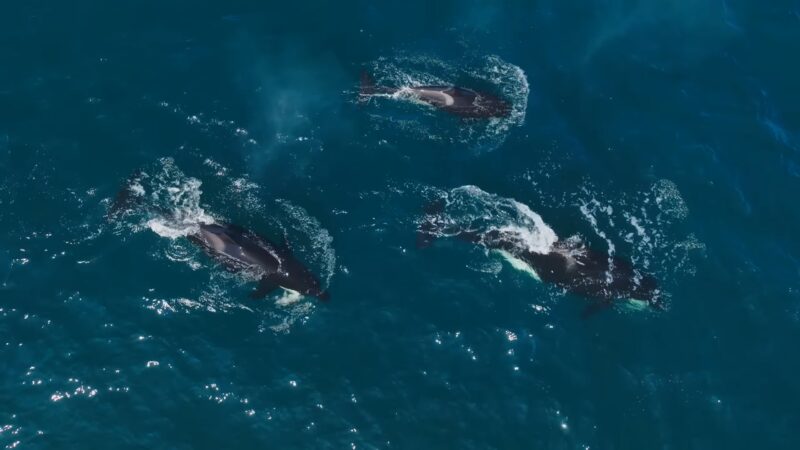
At the top of the food chain, tertiary consumers, like orcas, prey on other carnivores, maintaining the balance of the ecosystem. These apex predators regulate the populations of secondary consumers, preventing overgrazing and promoting ecological diversity.
Their presence or absence can significantly impact the entire food web, demonstrating the interconnectedness of all species within an ecosystem.
Keystone Species
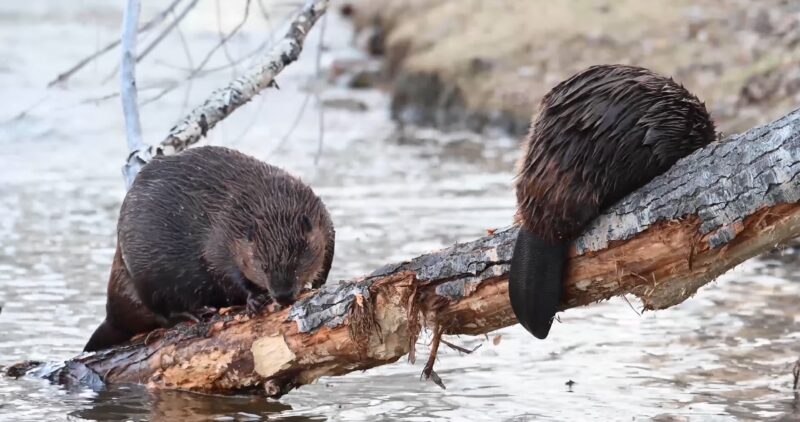
Certain species, known as keystone species, are crucial for maintaining ecological balance. Their presence or absence can dramatically affect the entire ecosystem. These species often play a critical role in shaping their habitat, controlling populations, and facilitating biodiversity.
For example, beavers, by building dams, create wetlands that support a variety of other species. The loss of a keystone species can lead to drastic changes in an ecosystem, emphasizing the need for their protection.
Metabolic Heat and Thermoregulation
Endothermic vs. Ectothermic Animals
Endothermic animals, like mammals and birds, generate metabolic heat for energy. This ability allows them to maintain a stable body temperature independent of the environment, making them adaptable to a variety of climates.
Ectothermic animals, on the other hand, rely on environmental heat for thermoregulation. Their body temperature fluctuates with the ambient temperature, which can significantly influence their metabolic rate and activity levels.
This difference in heat regulation strategies highlights the diverse adaptations animals have developed to survive in their respective habitats.
Energy Conservation Strategies
Ectothermic animals conserve energy by basking in the sun or seeking shade to cool down. This behavioral thermoregulation is key to their survival, as it helps maintain optimal body temperatures for physiological processes.
In colder environments, these animals often hibernate or enter a state of torpor to reduce energy expenditure. Conversely, in extremely hot conditions, they may burrow underground or find other cool refuges to avoid overheating.
These strategies are vital for their survival in environments where temperature fluctuations can be extreme and unpredictable.
Energy from Food: The Metabolic Process
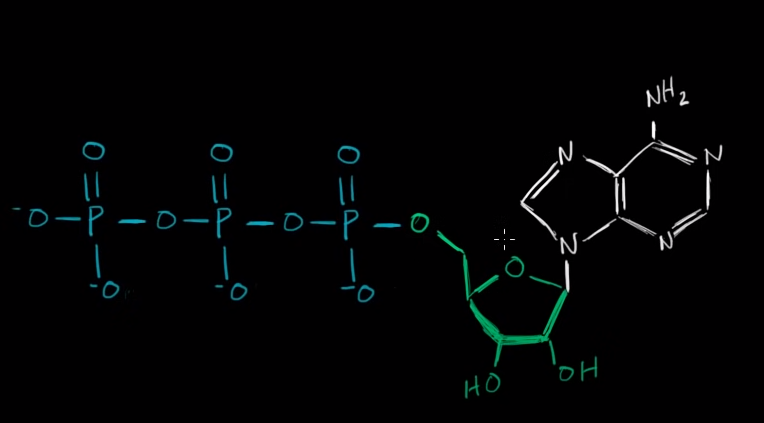
Animals convert carbohydrates into glucose, which is then transformed into ATP (adenosine triphosphate), the main energy currency of cells. This conversion process, known as cellular respiration, occurs in the mitochondria of cells and is essential for sustaining life.
Carbohydrates, stored as glycogen in muscles and liver, provide a readily available energy source during periods of activity. This efficient use of carbohydrates is a testament to the evolutionary adaptations of animals in managing their energy resources.
Muscle Cells: Oxygen and Energy
Muscle cells can produce energy both with and without oxygen. In oxygen-rich conditions, aerobic respiration takes place, efficiently generating ATP. In oxygen-poor conditions, they switch to anaerobic respiration, producing lactic acid as a byproduct.
This flexibility in energy production allows muscle cells to function during intense physical activity when oxygen supply may be limited, although it leads to muscle fatigue due to lactic acid accumulation.
The Sun: A Direct Energy Source
For some species, particularly endothermic ones, the sun is a direct energy source, vital for various biological processes. Sunlight not only aids in thermoregulation but also plays a crucial role in synthesizing vitamin D, essential for calcium absorption and bone health.
The basking behavior in many animals is not just for warmth but also for utilizing the sun’s rays to maintain overall health and well-being.
Amphibians and Reptiles: Environmental Thermoregulation
Amphibians and reptiles use their environment to regulate their body temperature, especially when they feel cold. These ectothermic animals often engage in sunbathing on rocks or logs to increase their body temperature. In hot conditions, they may retreat to cool, shaded areas or even submerge in water to prevent overheating.
Their survival hinges on finding the right balance between too much and too little heat, showcasing a remarkable adaptation to their environment.
FAQs
How do deep-sea creatures survive without sunlight for photosynthesis?
Deep-sea creatures depend on the food chain that starts with chemosynthetic bacteria. These bacteria convert inorganic compounds from hydrothermal vents into usable energy, forming the base of the deep-sea food web. This unique process allows life to thrive in complete darkness.
Can ectothermic animals survive in extremely cold environments?
While ectothermic animals are more common in warmer climates, some species have adapted to cold environments. For example, certain reptiles and amphibians can survive in cold temperatures by entering a state of brumation, a form of hibernation, where their metabolic processes slow down significantly.
Why do some animals need to bask in the sun if they are warm-blooded?
Warm-blooded animals, especially those with high metabolic rates, may bask in the sun to conserve energy. By absorbing external heat, they reduce the metabolic energy needed to maintain body temperature, which can be particularly beneficial in the early morning or during cooler seasons.
What happens to the deep-sea food chain if hydrothermal vents cease activity?
If hydrothermal vents stop emitting inorganic compounds, the chemosynthetic bacteria at the base of the food chain would die out, causing a ripple effect. The entire deep-sea ecosystem reliant on these bacteria for energy would be at risk, potentially leading to a significant loss of biodiversity.
How do animals in the deep sea get oxygen for cellular respiration?
Deep-sea animals obtain oxygen from the water through gills or other specialized respiratory organs. Oxygen is dissolved in seawater, and these animals have adapted to efficiently extract it, even in the low-oxygen conditions of the deep sea.
Are there any endothermic (warm-blooded) animals that can also use external heat sources like ectothermic animals?
Yes, some endothermic animals can utilize external heat sources. For instance, birds often sunbathe to supplement their body heat, especially in colder climates or during energy-intensive activities like molting or egg-laying. This behavior helps them conserve metabolic energy.
Summary
In conclusion, the ways animals get energy are as varied as the animals themselves. They adapt to their environments and available resources. From grazing on plants to hunting prey, from absorbing sunlight to using deep-sea chemicals, each method is a unique solution to the challenge of survival.
Related Posts:
- Integrating Energy Efficiency and Renewable Energy…
- Why Should I Get an Electric Car - Eco-Friendly Solution
- How do Animals Communicate Through Sound? - Sound of Nature
- 10 of the Largest Animals In North America - Nature's Giants
- Buildings of The Future Energy Efficiency - Path to…
- How Energy-Efficient Are LED Grow Lights? The…


